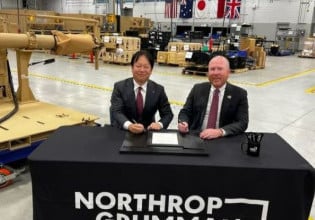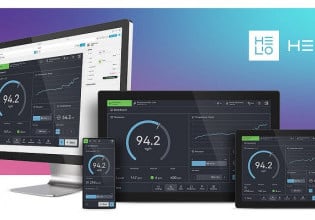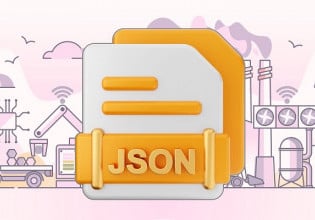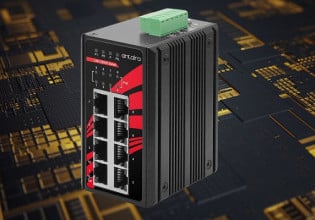Vision Systems and AI Make Smarter Marine Applications
Ships have navigated the face of the earth far longer than any other modern transportation vehicle. But what sorts of advanced technologies are being used to increase safety and reliability of ocean-going vessels?
Large Ship Navigation
For centuries, humans have battled with navigating large ships around obstacles in the sea and during docking at ports. Over the years technology has assisted with these navigation problems with the use of digital navigation systems and GPS tracking, but according to a report from the AGCS (Allianz Global Corporate & Specialty, Safety and shipping report) technology is also causing accidents. The AGCS report mentions incidents where operators were distracted by mobile devices or too reliant on digital charts and navigation systems. In these situations, technology actually caused accidents instead of preventing them. These events can not only have a human impact but environmental as well.
Orca AI has the goal of creating safer navigation, even in busy waters. Recently, this innovative company successfully completed a test in which a large freighter navigated nearly 500 miles completely autonomously, using only onboard vision systems and AI processing. Perhaps this is a relatively simple feat in the open ocean, but this test navigated through Tokyo Bay, managing and avoiding over 400 estimated collision opportunities.

The Orca AI system uses onboard cameras to evaluate surrounding environments and provide real-time guidance or navigation advice. Image used courtesy of Orca AI
AI has been used with vision systems in automation for many years. AI provides advantages over simple object recognition in that patterns can be improved in real-time so that the vision system can determine pass or fail criteria. Using that same technology to detect obstacles around or near a ship, and using lidar to determine how far that obstacle is away from the ship allows for early detection and notification to the pilot. If the pilot is given enough time to react, collisions can be avoided.
Docking a Ship
Seadronix, a South Korean startup, has received funding to take on the task of using more advanced technology such as Artificial Intelligence to reduce accidents involving large ships and to advance their already existing AI monitoring system.
The docking process, also known as Berthing, is where Seadronix decided to start. The Berthing monitoring system comprises of vision sensors and lidar to assist the pilot during the berthing process. The AVISS uses AI along with the aforementioned sensors to determine the distance between obstacles and the ship. This system can be retrofitted to any existing cargo ship and Seadronix will work with the port authority staff and the pilot to develop a system that will provide obstacle detection.

Seadronix and others use cameras to provide surrounding views, inputting the ‘vision’ which is critical to these AI solution systems. Image used courtesy of Seadronix
Cargo Handling
The point of load and unload of a cargo ship is perhaps the most labor-intensive process in the entire marine transport system. Canada Steamship Lines has also brought a recent solution to the table (or perhaps the dock) in the form of a new self-unloading vessel.
The ship’s system uses advanced vision to locate and position cranes to load or unload cargo using a variety of different stacking algorithms. Since the crane handling is performed on the ship, there is less requirement for repositioning, and the cargo can be offloaded strategically to maintain stability.

Canada Steamship Lines' self-unloading diesel-electric ship. Image used courtesy of CSL
In addition to just the self-unloading capacity of this ship line, diesel-electric propulsion and design allows this ship to operate in narrower, shallower channels and consume less energy than many equivalent models.
Summary
Marine transportation is very different from the fast-paced, instant-response requirements of many manufacturing industries. However, it’s important to be able to predict events far into the future, and provide predictive responses to avoid collisions and inefficiencies. Machine vision and AI solutions are only beginning for marine and other applications, and it will be interesting to watch these developments in the future.






